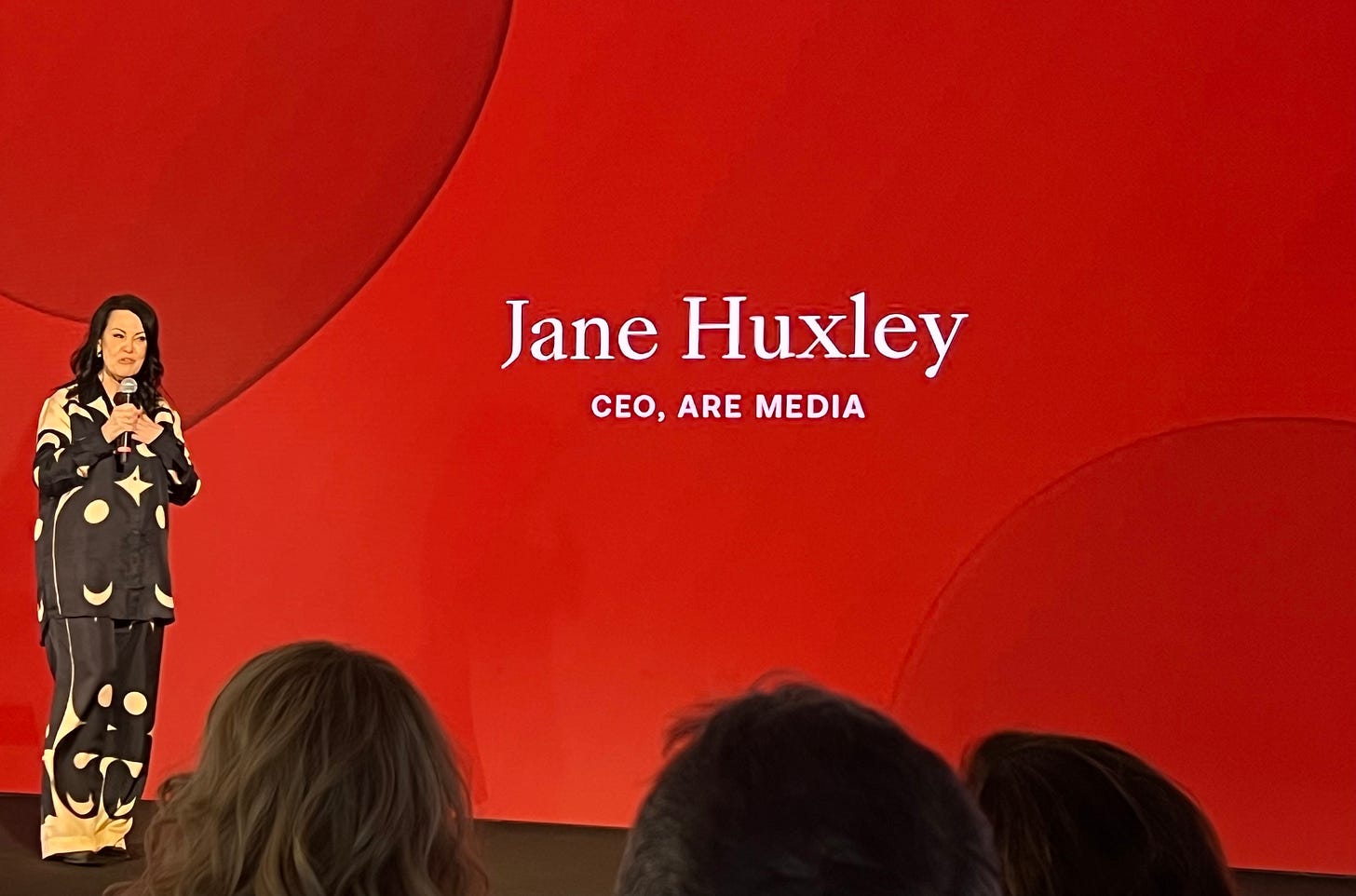Tuesdata: The hidden finances of our biggest magazine publisher Are Media
Welcome to a data-led edition of Unmade in which we crunch the previously unpublished accounts of Are Media.
And further down, a good day on the Unmade Index for Australia’s audio players but Ooh Media takes a hit in Auckland.
As well as accessing posts like this, your annual membership of Mumbrella gets you tickets to September’s REmade conference on retail media; to October’s Unlock conference on marketing in the nighttime economy; and to Unmade’s Compass end-of-year roadshow.
You also get access to our paywalled archive.
And below the paywall, you’ll find your voucher code for a complimentary ticket to REmade - Retail Media Unmade which takes place on September 23.
Upgrade today.
How Mercury Capital took just two years to get back what it paid for Are Media

A relatively under-reported story of the legacy media has been the decline of Australia’s consumer magazine industry.
In the space of less than a decade, Australian magazines have gone from a sector that boasted of having the highest readership per capita globally to one of near cultural irrelevance.
Thanks to bad luck, hubris, incompetence and market forces, the decade-long decline of Australia’s magazine sector has mostly taken place out of sight.
Last week’s news that Mercury Capital is selling Are Media after five years flows from what came before.
We can trace things back to 1997 when Kerry Packer’s PBL Media signed a deal with Microsoft to create the joint venture Ninemsn. It put PBL’s digital assets, including those from ACP Magazines and Nine Network, into the joint venture.
A similar story also unfolded with the Yahoo7 joint venture which similarly hobbled the development of Pacific Magazines under the Seven West Media banner.
As a result, the magazine people were in different silos and different buildings to the digital people. That meant that for Australia’s biggest magazine companies, the creative energy and brand guardianship was focused entirely on the print titles. Nobody was in a position to develop digital identities for the mastheads.
By late 2006, a year after the death of Kerry Packer, his son James began to sell out of media, with private equity group CVC gradually buying PBL over the next two years.
Consolidation saw the five major companies become three. PacMags acquired Murdoch Magazines. ACP acquired Emap Australia. News Corp’s NewsLifeMedia was the third major player.
The German-headquartered Bauer Media bought ACP in 2012 for a reported $500m which seemed a bargain at the time. But Bauer struggled to run the business from the other side of the world and struggled to adapt its business model. Australia’s magazine industry was more dependent on display advertising than it was on circulation revenue, whereas it was the other way round in Europe.
Bauer sent over a number of managers who failed to make a dent, and appointed, then discarded, a series of local bosses.
Meanwhile, advertising revenue across the entire magazine sector began to decline as the three big players Bauer, PacMags and NewsLifeMedia failed to work together to promote the medium to advertisers, despite regular promises to do so.
And then came the pre-Covid consolidation. In late 2019 Seven West Media agreed to sell PacMags to Bauer for $40m. By the time Covid kicked in and Bauer, now with buyer’s remorse, was forced to complete the purchase in May 2020, the German publishing house had fallen out of love with Australia.
During the subsequent fire sale, Mercury Capital was one of few potential buyers, and two months later picked up the combined company of the Bauer and PacMag titles for for what seemed like a bargain price reported at less than $50m, and some say significantly less than that. Below the paywall, I’ll offer some new evidence of what the real number may have been,
CEO Jane Huxley was appointed by Mercury a few months later, taking the top chair at the rebranded Are Media in April 2021.
Which brings us to the data. And our paywall.
Because the organisations involved are not ASX-listed companies, they do not have to make timely disclosures. Instead they submit annual accounts to the Australian Securities & Investment Commission. Those ASIC numbers generally come in nearly two years later. And you have to know to go and look for them, and pay ASIC to download them.
The most recent numbers for Are Media available on ASIC cover the calendar year of 2022, so we only know how the company has fared in its first two full years under Mercury.
Nonetheless, there’s a lot of information. Here’s what we know…


